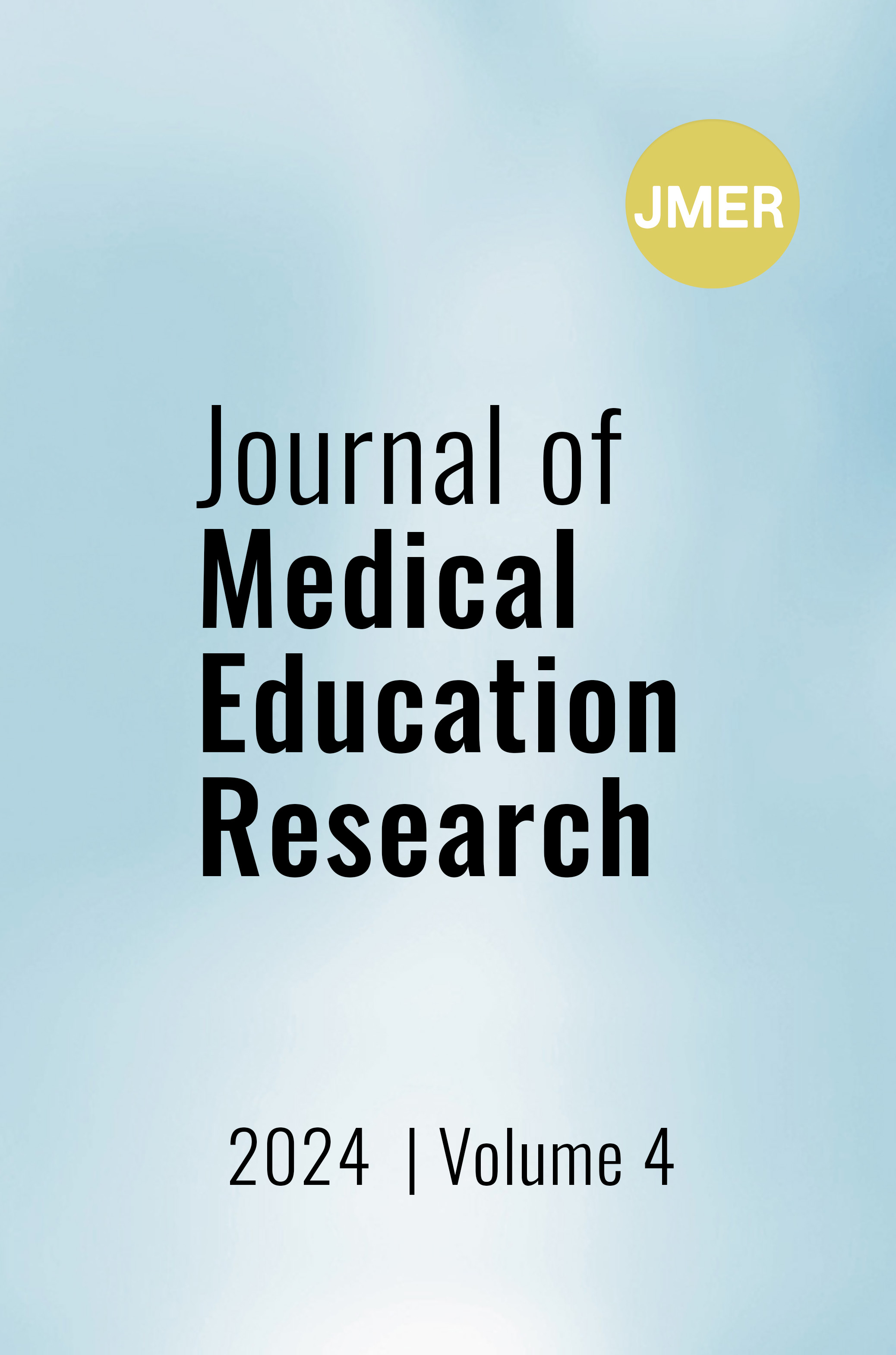Medical Student’s Perspective on Prehospital Training
Main Article Content
Abstract
Article Details

This work is licensed under a Creative Commons Attribution-NonCommercial 4.0 International License.
References
References for abstract:
(2013) Good medical practice-english - gmc. Available at: https://www.gmc-uk.org/-/media/documents/good-medical-practice---english-20200128_pdf-51527435.pdf?la=en&hash=DA1263358CCA88F298785FE2BD7610EB4EE9A530 (Accessed: 26 October 2023).
Orsi, A. et al. (2022) Perceptions and experiences of medical student first responders: A mixed methods study - BMC medical education, BioMed Central. Available at: https://bmcmededuc.biomedcentral.com/articles/10.1186/s12909-022-03791-z (Accessed: 21 October 2023).
MB;, R.A.N. (2020) Simulated mass casualty incident triage exercise for training medical personnel, Journal of education & teaching in emergency medicine. Available at: https://pubmed.ncbi.nlm.nih.gov/37465326/ (Accessed: 21 October 2023).
Xie JY, Frost, Meakin, (2019) Not quite a doctor, but should I help? A qualitative exploration of medical students’ attitudes towards responding to medical emergencies that occur in the public domain, BMJ open. Available at: https://pubmed.ncbi.nlm.nih.gov/30962243/ (Accessed: 21 October 2023).

